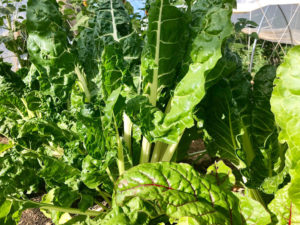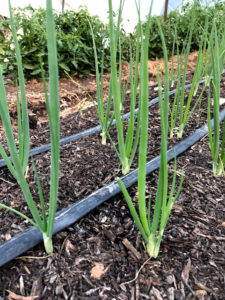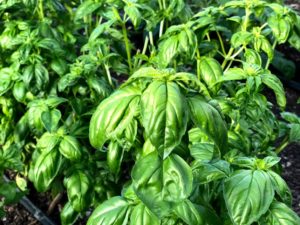Farm conference season
This is the time of year for fixing broken tools, reading books, educating children, and of course, attending a farm conference. We had the good fortune of attending the Utah Farm and Food Conference in Cedar City last week. It was our first time exploring the southern half of our new state, so we made the effort to get there a day early and take part in a tour visiting a handful of farms in the area surrounding Cedar City.
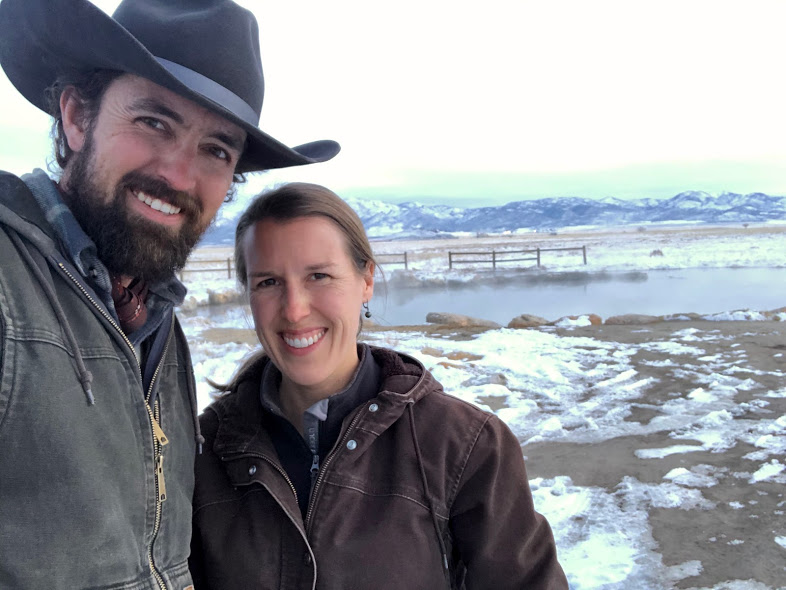
Getting to know our new state
Utah really is a fascinating state. Our remote corner is in the northern foothills of the Uinta Mountains (perhaps the most overlooked natural treasure in America) and it sometimes feels generous to call it a USDA zone 5a. To our west is the Wasatch Range filled with the state’s renowned ski areas, the unique Great Salt Lake, and then the mesmorizing Bonneville Salt Flats. To our south, over the Uinta Range, sits the Uinta Basin. The Uinta Basin receives plenty of annual snowfall, but the temperatures tend to climb higher and earlier. We were pleased to spend time at the conference with our friends from Heritage Family Gardens in Jensen (part of the Uinta Basin). It was fun to connect over things happening in the state’s lesser known corner.

Another Boulder
The Green River flows south from the Uinta Basin before joining the Colorado River near Moab. This region of southeast Utah would still be familiar to John Wesley Powell, who explored the canyons of the Colorado River over a century ago. National parks and public lands are abundant and the region remains largely undeveloped. The Grand Staircase-Escalante National Monument is located in this region just north of Lake Powell. Boulder is one of the towns closest to the monument, and we were fortunate to hear a presentation from the owners of the Boulder Mountain Guest Ranch. They own historic ranch property near Boulder and shared the amazing work they’ve done rehabilitating watersheds and improving the health of their soils. Recognizing the incredible beauty of their ranch, and wanting to make it possible for others to experience inspiration from it, the owners added event spaces, a restaurant, and even a world-class music studio. Their before and after photos are amazing, and we cannot wait until we get a chance to see the ranch in person.
We don't miss the traffic
West of the Wasatch Range along the I-15 corridor is where most of the life is in Utah. We met many farmers raising produce, flowers, and various forms of livestock along or near our route on the I-15 corridor from as far north as Logan, through the Salt Lake City metropolitan area, Provo, Santaquin, Richfield, Salina, Fillmore and eventually into Cedar City. There are times we envy those growing in an urban context, but hearing their stories of grumpy neighbors, overzealous ordinance enforcement, and traffic made us thankful for the beautiful place we call home…however remote it may be. The stretch along I-15 is fertile and the climate becomes more amenable to growing with each mile south. A few hot springs exist in the southern hills of the Wasatch Range and even in the valley floor, including a hidden gem outside the town of Meadow. Travel just a few short miles west from I-15 and the landscape rapidly changes to desert.

Citrus, pomegranates and pistachios in Utah?!
During our farm tour, we traveled further south from Cedar City to visit farms in Rockville and the area just north of St. George. It is a precipitous drop in elevation traveling south from Cedar City, and the change in climate is remarkable. Out of nowhere we found ourselves in USDA zone 8b, where fruit trees are already thinking of budding and urban farmers have garden beds filled with crops. We visited one of Utah’s first legal hemp farms, and learned interesting tidbits about the industrious plant. We came away with a few pointers on how to manage fruit trees, and look forward to applying the lessons we learned on grafting. The region is truly beautiful, as you would expect given the reputation of Zion National Park, and we left amazed by the fact that people in our own state are growing pomegranate, almond, pistachio, and even citrus trees with minimal or no protection from the elements.
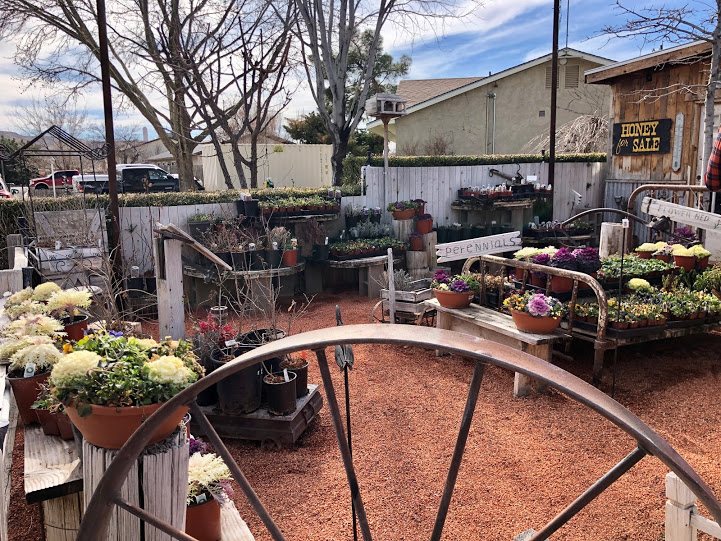
Conference inspiration
The conference itself was interesting, thought-provoking, and inspiring. As with other farming conferences or seminars we’ve taken part in, there were some sessions and ideas we mostly shrugged or smirked at. But, on the whole the content was relevant and engaging. Emily really enjoyed sessions on cheese-making and flower farming. Steve took in a few good tips on rainwater harvesting and especially enjoyed hearing from Utah Natural Meats during one of the keynote addresses. A highlight from the presentations was the final day with Kristin Kimball from Essex Farm in upstate New York. Through her writing, Kristin has been an inspiration for us along our journey into farming and we find ourselves often recalling her stories when we experience the truths of farm-life.
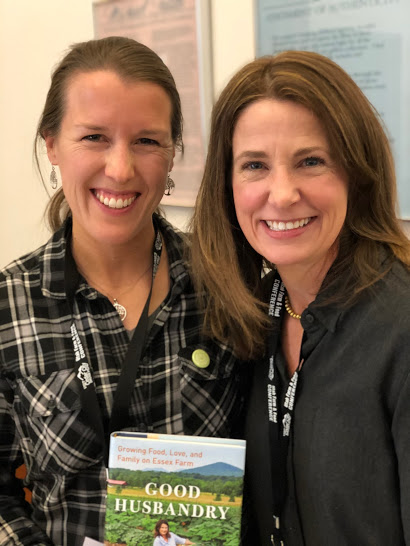
Farm, food and people
Undoubtedly, the most valuable part of the entire conference was the networking. Red Acre Center does an incredible job advocating for small or niche producers in agriculture and it was great to meet the people who created and sustain the organization. We also gained insights, encouragement, and inspiration as we shared stories with farmers facing some of the same challenges, but experiencing some of the same rewards as us. It left us excited to launch into another season of growing.
While the networking was most valuable, a key factor that made the networking (and the whole conference) amazing, is the food. It’s unfortunate, but not all farmers farm for the food. We don’t want to lose our way by farming simply for size or quantity, and this conference was a reminder of what it looks and tastes like when farmers farm for quality. Every meal or snack was an exceptional display of farming and food done right. We had grass-fed/grass-finished beef from a retired dairy cow seasoned with a touch of salt, and it may have been the best we’ve ever tasted. Mangalitsa pork cooked over an open fire was mouthwatering. The greens and vegetables, whether stewed, roasted or mixed in a salad were flavorful beyond description. And, even the breads, made with various ancient grains, were passed across tables so everyone could get a taste of the variety from loaf to loaf.

Utah cuisine
As we drove the eight hour journey home, I found myself thinking about the idea of local cuisines. One of the conference’s keynote speakers was Mary Crafts, a Utah legend who developed the state’s premier catering service. Mary shared how her perspective on creating exceptional food changed from one of global sourcing to local sourcing. That change propelled her into a leading role in the development of cuisine distinct to Utah. As farmers, we aspire to provide our community with food of exceptional quality, and thereby contribute to the cuisine of our own locale. But, in doing so we have a responsibility to understand the culinary and cultural values of those buying our food.
It’s easy to think we need to open people’s eyes to what makes good food. We begin believing people cannot know to like kale and arugula until we make it available and tell them how great it is. And, while there is value in making new fresh foods accessible, this approach can lead to a presumptive attitude, compromising a farmer’s relationship with his community. Just like chefs, farmers must balance challenging a community with new foods or flavors, while still respecting historical and current preferences in the community. Cuisine comes to life when farmers provide quality foods that excite and mobilize people in the community to create, whether in their restaurants, home kitchens, or backyards. In our case, this may mean supplying bulk quantities of beefsteak tomatoes next to juicy brandywines, or growing classic iceberg lettuce alongside delicate greens.
We arrived home motivated to engage with and get to know the culinary preferences or interests of our community. And, we cannot wait to share where our journey in local cuisine takes us.


